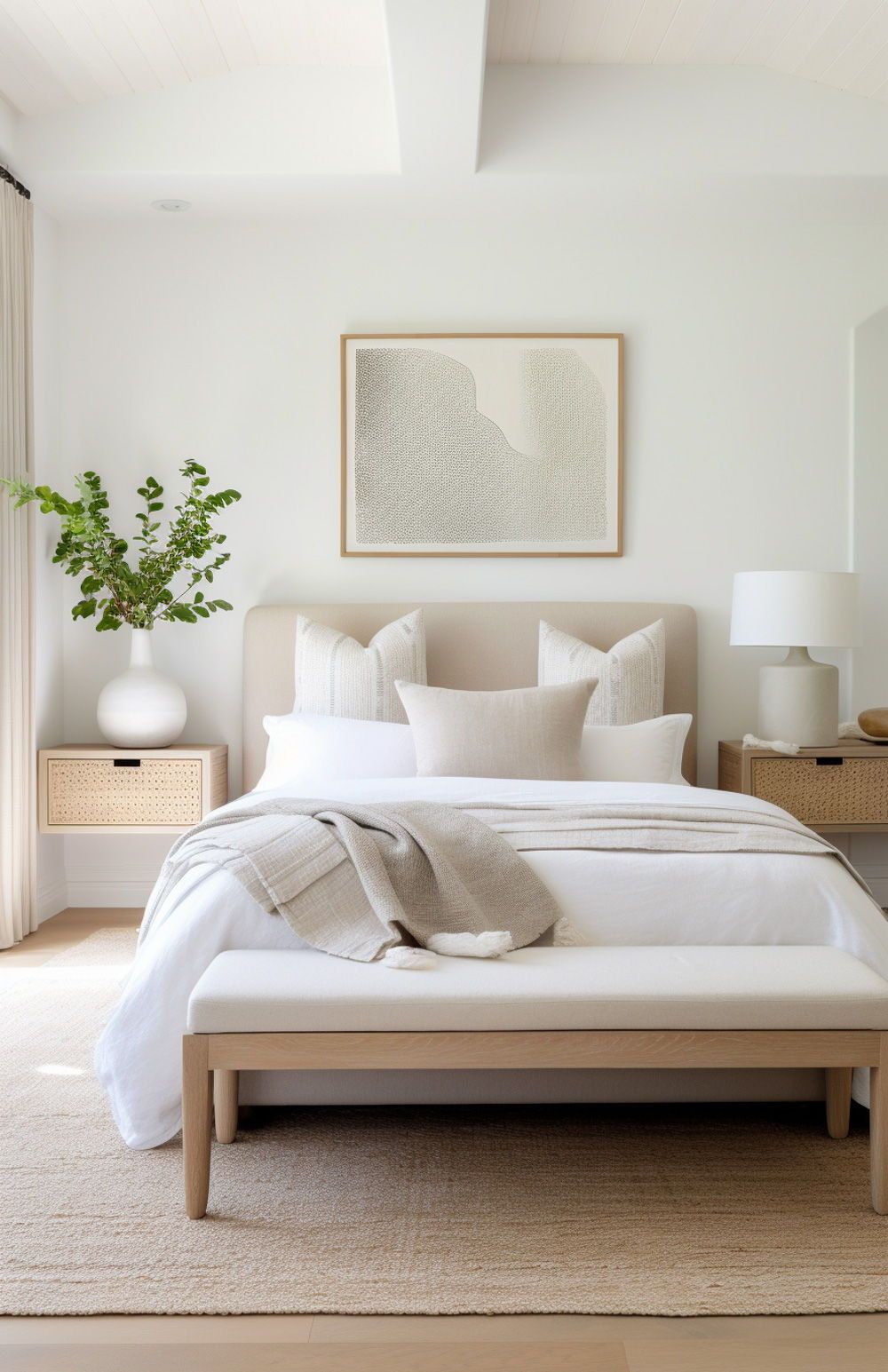
The bedroom is one of the most important rooms in a home, as it is a place of rest and relaxation. When designing the interior of a bedroom, it is essential to create a space that is comfortable, calming, and reflective of the individual’s personal style. The layout of the room should be carefully considered to optimize the flow and functionality of the space, with key furniture such as a bed, bedside tables, and a wardrobe being strategically placed. The color scheme and decor in the bedroom should be chosen to create a peaceful and inviting atmosphere, with soft, soothing colors and textures that promote a sense of tranquility. Lighting is also crucial in creating the right ambiance, with a combination of overhead lighting, bedside lamps, and natural light sources being used to create a warm and inviting space. Overall, the interior design of a bedroom should prioritize comfort, functionality, and personal style to create a space that encourages rest and relaxation.
When it comes to designing a bedroom interior, there are many factors to consider in order to create a comfortable and inviting space. One important aspect to consider is the color scheme of the room. Choosing the right colors can help set the tone for the room and create a relaxing atmosphere. Soft, muted colors like blues, greens, and grays can help promote a sense of calm and tranquility, while bold, vibrant colors can add a fun and energetic vibe to the space. It is also important to consider the size of the room when choosing colors, as lighter colors can help make a small room appear larger, while darker colors can create a cozy, intimate feel.
Another important element to consider when designing a bedroom interior is the furniture layout. The placement of furniture can greatly impact the functionality and flow of the room. It is important to consider how you will be using the space and arrange the furniture accordingly. For example, placing the bed against a focal wall can help anchor the room and create a sense of balance. Additionally, incorporating functional pieces like nightstands and dressers can help provide storage and organization in the room. It is also important to leave enough space for walking around and moving freely in the room.
Lighting is another crucial aspect to consider when designing a bedroom interior. The right lighting can help create a warm and inviting atmosphere in the room. It is important to incorporate a mix of overhead lighting, task lighting, and ambient lighting to provide adequate illumination for different activities. Additionally, incorporating natural light can help brighten the space and create a connection to the outdoors. Consider adding window treatments like sheer curtains or blinds that can be easily adjusted to control the amount of light entering the room. By carefully considering these elements, you can create a bedroom interior that is both functional and aesthetically pleasing.
 Decoration Ideas
Decoration Ideas










